Sony NEX-C3 Review
Sony NEX-C3
The Sony NEX-C3 delivers DSLR-level image quality but in a much smaller package. While the 18-55mm kit lens can leave it looking a little front heavy, this remains a fantastic all-round performer.
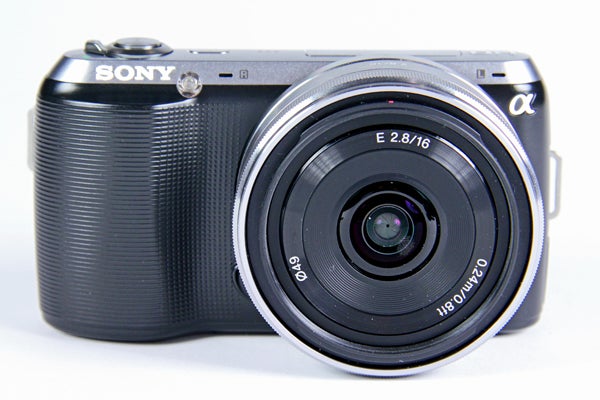
Verdict
Pros
- DSLR-like image quality
- Small and portable
- Stylish design
Cons
- Menu navigation still fiddly
- 720p movie mode lags behind rivals
- 18-55mm kit lens unbalances overall package somewhat
Key Specifications
- Review Price: £430.00
- 16.2-megapixels
- ISO 200-12,800
- Fully manual controls
- 11 digital filter effects
- 1280 x 720 HD movies at 30fps
In the three years since Panasonic and Olympus launched their jointly-developed Micro Four Thirds standard, the interchangeable-lens compact system camera (CSC) market has gone from strength to strength and delivered some really interesting, high-performance cameras. 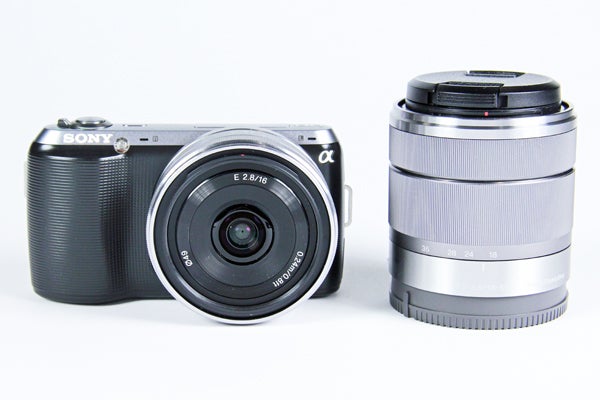
One of the main reasons the compact system market has proven so interesting is that there’s no over-arching standard for manufacturers to conform to, meaning they are free to develop their own interchangeable-lens mirrorless systems as they see fit.
This has resulted in a number of different approaches, all of which use differently sized sensors: Micro Four Thirds cameras from Panasonic and Olympus use a 17.3 x 14mm chip; Pentax has recently announced it will be using a 5.7 x 4.2mm (1/2.3in) compact-sized sensor for its new Q camera; Samsung and Sony, meanwhile, use 23.6 x 15.8mm APS-C-sized sensors for their respective compact system offerings. Quite what Nikon and Canon will come up with when they finally decide to enter the mirrorless market is anyone’s guess.
Why does any of this matter? Simply because larger sensors have a greater potential to deliver better image quality than smaller ones do. Of course that doesn’t mean that they always do as there are other factors involved, but more often than not when faced with the same scene the camera with the biggest sensor will get the best shot, especially if light levels are low. 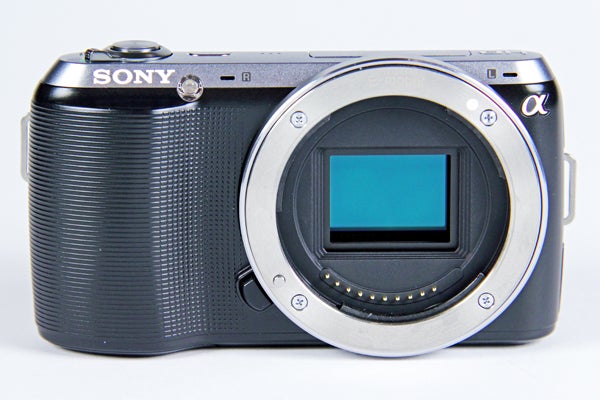
That’s not to say that anything less than Full Frame (24 x 36mm) will deliver poor image quality – far from it. Indeed, our endorsement of the Lumix G3 shows that Four Thirds sensors can more than hold their own against APS-C. Crucially though, there’s a huge leap in quality between regular 1/2.3in compact-sized sensors and the larger Four Thirds and APS-C sensors sported by compact system cameras.
Six months is a long time in the world of digital cameras. Indeed, it’s almost exactly six months to the day since we reviewed the Sony NEX-C3’s predecessor, the NEX-3. The NEX-3 was originally released alongside the NEX-5 in the summer of 2010 as a stripped back, slightly cheaper option of the flagship model. However, at the start of the year, barely eight months into its shelf-life Sony announced that it was discontinuing it before confirming its successor a few months later.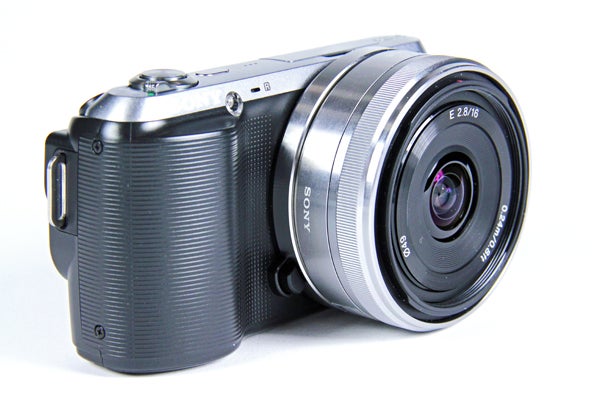
While our review of the NEX-5 awarded the flagship model a near perfect 9/10 (along with a coveted TR Awards 2010 – Overall Winner award) its lesser-featured sibling fell a bit short at 8/10. The chief flaws we identified in our review of the NEX-3 included an unfamiliar control button layout, an awkward menu system, a lack of 1080p Full HD movie recording abilities, and no built-in flash or viewfinder.
The new model does address some of these concerns and even adds a number of new features into the mix, including a range of digital filter effects. However it also sticks with quite a lot of what was found on the previous model, including a maximum movie recording setting of just 720p. Compared to the year-old NEX-5, the new NEX-C3 is still very much the junior partner, aimed more at casual photographers than enthusiasts.
Undoubtedly, the biggest change from the old model to the new one is the sensor. While the NEX-3 came with a 14.2-megapixel Exmor HD CMOS sensor, the NEX-C3 gets an all-new 16.2MP version that is based, at least in part, on the sensor that was used inside the Sony A55 SLT, which in turn was also used in both the Nikon D7000 and Pentax K-5 to such good effect.
As with its predecessor the NEX-C3 records in the sensor’s native 3:2 aspect, although you can also choose to shoot in 16:9. There are no 1:1 or 4:3 options though. Maximum output at the full resolution jumps to 4912 x 3264 pixels, which is plenty big enough for poster-sized prints.
Shooting mode options remain exactly the same as before, with the regular quartet of Program, Aperture-priority, Shutter-priority and fully Manual modes all to hand. For those who’d rather let the camera do all the work there’s a fully automatic Intelligent Auto mode, along with eight individual Scene modes.
The Intelligent Auto mode has seen a bit of an overhaul and now comes with the addition of Photo Creativity options. While the camera remains fully automatic, these grant some control over saturation, brightness, colour temperature, skin tone and even depth-of-field using a simplified interface that shows the results in real-time on the LCD monitor. These can be layered on top of each other and it’s also possible to access the 11 Picture Effect digital filters (see below) from here. Point and shoot photographers who are reliant on Intelligent Auto mode will doubtless find the newly installed Photo Creativity options a real bonus and enjoy the extra creative freedom they offer. 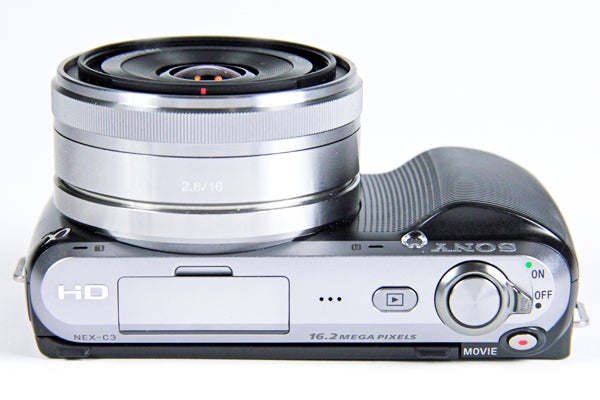
As with the previous model the NEX-C3 offers Sony’s excellent Sweep Panorama mode, although we have to confess to being slightly disappointed that there’s no option to record these in high-resolution. Given that the option is present in some other recent Sony compacts with 1/2.3in sensors (we’re thinking specifically of the Sony HX9V here), we would have liked to have seen it here.
Along with the usual array of Creative Styles (colour profiles), Dynamic Range Optimisation and Automatic HDR options, all of which can be tweaked as you see fit, the NEX-C3 further benefits from a choice of 11 Picture Effect digital effects that include Toy Camera, Posterization, Pop Colour, Retro, and Partial Colour effects. Unlike the vast majority of digital cameras that offer digital effects, there’s no Miniaturisation option though.
Last but not least, the video capabilities of the NEX-C3 remain exactly as they were before, with 1080 x 720p at 30fps High-Definition being the top setting. At the highest settings movies are stored in the AVCHD format, with options to record lower-quality movies as MP4 files. Sound is recorded in stereo by default, and there’s no external microphone port.
The NEX-C3 follows much the same design cues as its predecessor, but is noticeably smaller and with a less pronounced finger grip. Indeed, overall the NEX-C3 is fractionally smaller than all of its main miniaturised mirrorless rivals: the Panasonic Lumix GF3 (c£430), Olympus E-PL3 (c.£520) and Samsung NX100 (c.£350). 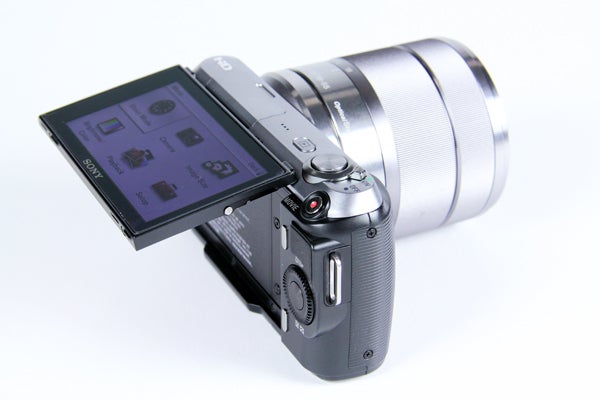
With the 16mm f/2.8 lens attached the NEX-C3 is perfectly jacket-pocket friendly and also quite discreet, making it ideal for street photography where a big camera can often cause unwanted attention. With the brushed aluminium 16mm lens matching the camera’s lens mount, we think the whole package looks rather stylish too, in a kind of future-minimalist kind of way.
With the 18-55mm f/3.5-5.6 kit zoom attached however, the overall package feels a bit lopsided and lens-heavy. Pocketability flies out of the window too, meaning you’re going to need a dedicated carry-pouch or bag if you want to carry it around with you all day. Weighing in at 478 grams with the 18-55mm attached, 350 grams with the 16mm attached or 225 grams body only (inc. battery and card), it isn’t particularly heavy, indeed it’s lighter than any of the rival models named above.
One area where Sony does appear to have missed a trick, is in its failure to fully redesign the NEX-C3’s menu system. One criticism we had with the NEX-3 was its unintuitive menu layout, whereby some regularly-accessed settings, for example ISO, are listed under different sub-menus from other, equally popular, settings such as AF mode. Sadly, Sony has stuck with pretty much the same system for the NEX-C3, and as such ISO remains in the Brightness/Colour sub-menu rather than in the Camera sub-menu where it would undoubtedly fit better.
The back of the NEX-3 is kitted out with exactly the same 3in,
921k-dirt TruBlack monitor that was found on the NEX-3. One small gripe we have with
this is that because it offers a 19:9 aspect rather than the sensor’s default
3:2, the live feed displays smaller than it would be had the monitor’s
aspect directly matched that of the sensor. It seems that the push to make the NEX-C3 as small as possible has directly compromised the size of the
monitor. On the plus side, it still tilts up by 80 degrees and down by 45
degrees, making it much easier to shoot from the hip or from overhead.
Thankfully, Sony has decided to leave the left and right buttons on the directional-pad blank. On the old model these were assigned to Flash (left) and Drive mode (right) with the accompanying illustration for each printed onto the camera. The NEX-C3, however, allows you to assign these buttons to what you like, with a wide range of choices available. Up still toggles through Display options while Down accesses the EV Compensation function. This element of customisation is a nice touch, and something we wish we saw more often on digital cameras from all manufacturers.
Elsewhere, the configuration of rotating wheel/directional-pad, centre button and two function buttons remains the same as it was on the NEX-3, even though the two function buttons are now elongated rather than circular. Another similarly minor cosmetic change is the placement of the stereo microphones on the front of the camera rather than the top. 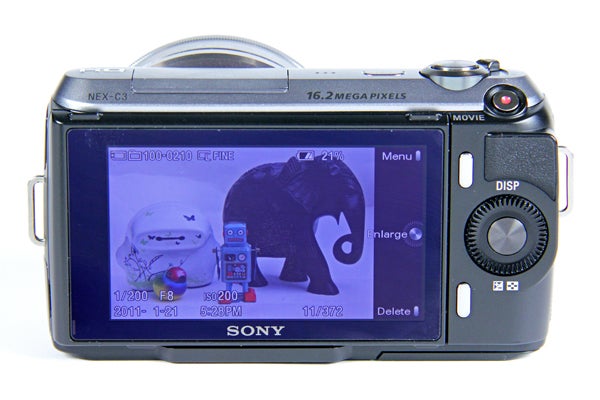
We don’t mind admitting that we’re also slightly disappointed that the new model doesn’t house a pop-up flash. While we’re sympathetic to the design challenges caused by trying to cram everything in such a diminutive body, the supplied flash attachment is a somewhat awkward solution that remains fiddly to attach. Even when it is screwed into place it still doesn’t feel particularly robust, and the little plastic cover could all too easily be snapped off.
In terms of performance, the NEX-C3 is virtually identical to its predecessor. Start-up time is around the two-second mark, which although not as fast as a DSLR, it should be sufficient for most purposes. Thanks to the increase in resolution, continuous shooting speed does take a bit of a knock, with the NEX-C3 managing a top burst rate of 5.5fps, which it can maintain for approximately 14 full-res JPEGs before slowing down. Recording in Raw, or indeed in Raw and JPEG simultaneously this drops to about six frames.
This being a Sony camera, it’s no surprise to discover that the 25-point contrast-detect Autofocus module is super speedy, locking focus almost instantaneously in good light and only really showing any significant signs of slowdown when light levels are especially low. Beyond this, an AF Assist light on the front of the body is able to help out.
Battery performance is much
improved from the NEX-3, with the new model we were able to shoot well over 400
images on a single charge. We also like how the
NEX-C3 displays remaining battery power as a percentage, rather than just a
graphic.
Overall image quality is very good. While the NEX-C3 offers compact camera proportions, the benefits of the larger APS-C sensor are clear to see. Using the ‘Standard’ colour profile setting JPEG images are natural and lifelike straight from the camera. Of course, you can choose to ramp the saturation up a level or two as you see fit through the Creative Style customisation options, but for a faithful and neutral reproduction of subjects the default ‘Standard’ setting sees the NEX-C3 score highly.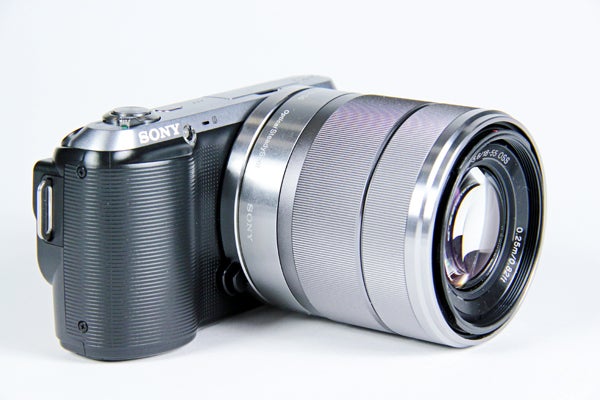
We found the NEX-C3’s 49-segment metering system to be generally accurate, although just occasionally there is a tendency for it to err on the side of caution by underexposing in high-contrast situations so as to retain highlight detail. Thankfully, you can counter this by employing the Dynamic-Range Optimizer to boost shadow detail without sacrificing highlights, and in addition there’s also /- 2EV of exposure compensation available should you feel the need to intervene more robustly.
The NEX-C3 features an automatic High Dynamic Range function that works by taking three successive shots and then blending the results together into a single image. You can choose the how many EV stops there are between each of the three shots up to a maximum of 6EV, or you can let the camera decide for you. We found that shooting HDR images handheld generally yielded acceptably sharp results. Just be careful not to overdo things, or your image will end up looking unnatural.
We had access to both the 14-55mm f/3.5-5.6 kit zoom and 16mm f/2.8 prime while testing the NEX-C3. Both of these lenses resolve detail very well – allowing surface textures to really shine through in your images – although we were surprised to find edges weren’t always the sharpest, especially towards the edges of the frame and when using the kit zoom at its widest. As with saturation and contrast, you can choose to increase JPEG sharpening levels using the Creative Styles customisation menu, so it’s not necessarily a major issue.
As might be expected, the 16mm lens suffers from fairly noticeable barrel distortion, as does the 18-55mm at its wideangle extreme. Fringing on high-contrast borders is another issue that we spotted with some regularity. Other than this though both lenses were able to produce very good results in the vast majority of situations. Using the 16mm at f/2.8 generates a very satisfying background bokeh too, making it a handy portrait lens.
It’s worth noting that Sony Alpha DSLR lenses (along with older Konica/Minolta lenses) can be attached to the NEX-C3 via an optional LA-EA1 mount (approx £180). As with all Sony APS-C sensors, there’s a 1.5x crop factor to take into account, and of course you will lose any pretension to compactness.
Low light performance is another area where the NEX-C3 shows its APS-C credentials, with overall performance that’s easily on a par with regular DSLRs, and far beyond that of even the best-performing compacts. At its base sensitivity setting of ISO 200- the NEX-C3 delivers noise-free images, which remains the case until ISO 800, even though some slight softening of detail does occur around this point.
At ISO 1600 and even 3200 there is some further softening of detail but viewed on regular computer monitors at less than 100%, images remain perfectly usable, with only minor image noise visible. Even at ISO 6400 images still remain usable at lower sizes.
Leaving the NEX-C3 to its own devices on Automatic White Balance we’re pleased to report no significant issues, with colour temperature proving consistently accurate.
Verdict
While much of the NEX-C3 remains exactly the same as its predecessor, the addition of a newly developed 16.2MP Exmor CMOS sensor does raise overall image quality up a notch from what we’ve previously seen. Add to this the introduction of digital effects filters and a reduction in overall size and the NEX-C3 holds plenty of appeal. That said it’s a shame that Sony hasn’t seen fit to raise the bar with regards to the new model’s movie recording abilities, while the fiddly flash attachment remains something of a fudged solution too. For these reasons the NEX-C3 doesn’t quite make 9/10. Judged solely on its still-image capturing abilities though, we’ve no hesitation in recommending it.

As this 100% crop shows, the baseline sensitivity of ISO 200 is free of noise

ISO 400 is also clear of noise, although at 100% you can see a slight softening

At ISO 800 there is the faintest hint of further softening, but overall the image holds up very well indeed

At ISO 1600 the image has become softer, but still holds together well overall

By ISO 3200 noise has become visible, although the image remains usable

By ISO 6400 noise has become visible, even at lower image sizes

By ISO 12,800 the image has become fairly noisy and soft, but is still usable at smaller sizes

The D-Range Optimizer boosts shadow detail and resolution levels are very good…
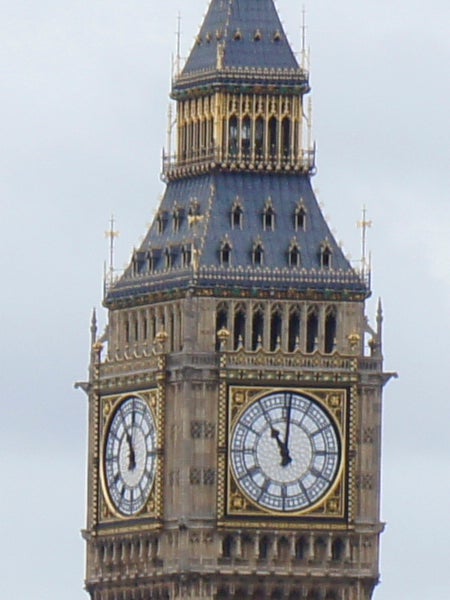
…as this 100% crop from the above image shows

The larger APS-C sensor can also generate a much shallower depth of field than compact cameras

There’s a handy Macro mode tucked away in the Scene mode menu that works well

Used at its maximum f/2.8 aperture, the 16mm lens can be used for creative portraiture

This image shows that, even at ISO 12,800, the NEX-C3 can produce usable results

Used on the ‘Standard’ setting the NEX-C3 delivers lifelike colour…
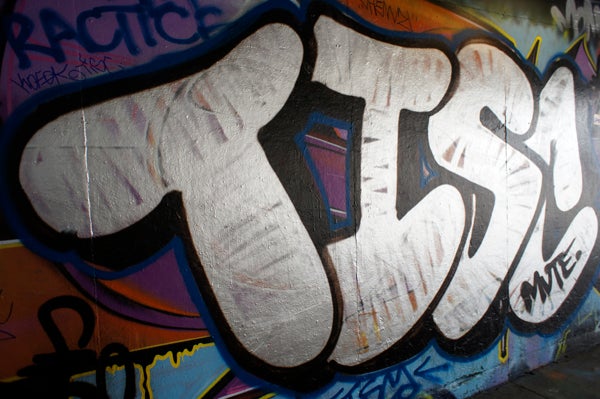
…but can also deliver plenty of punch when needed
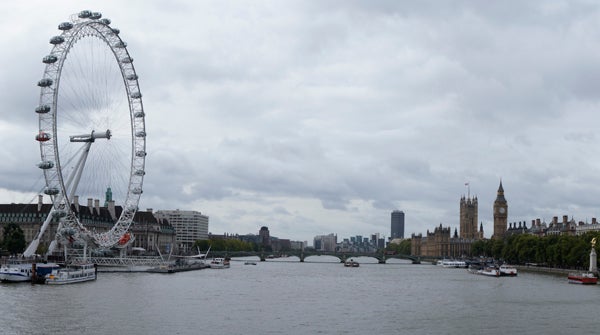
We’re big fans of the seamless Sweep Panorama mode, although it’s a shame there’s no high resolution option
Trusted Score
Score in detail
-
Value 8
-
Design & Features 8
-
Image Quality 9
-
Build Quality 9
Features
| Megapixels (Megapixel) | 16.2 Megapixel |
| Optical Zoom (Times) | N/Ax |
| Image Sensor | Emor R CMOS |
| Optical focal length | N/A |
| Shutter speed | 30sec - 1/4000sec |
| Auto focus | 25-point contrast detect |
| Manual focus | Yes |
| Max output resolution | 4912 X 3264 |
| Other resolutions | 3568 X 2368 (8.4M), 2448 X 1624 (4M) |
| Focus range | N/A |
| Exposure control | PASM , Intelligent Auto, 8 Scene, Picture Effect, Anti Motion Blur, 3D, Sweep Panorama, |
| Exposure metering | 49-segment |
| Exposure compensation | +/-2EV with 1/3EVsteps |
| Image Stabilisation | No, lens based |
| ISO settings | ISO 200 - 12,800 |
| LCD Monitor | 3 in, 921k-dot |
| Viewfinder | No |
| Flash range | GN7 @ ISO 100, |
| Flash modes | Flash Off, Autoflash, Fill-flash, Slow Sync., Rear Sync |
| White balance modes | Daylight, Shade, Cloudy, Incandescent, Fluorescent, Flash |
| Drive modes | Single, Continuous, Speed-priority Continuous |
| Image formats | JPEG, Raw |
| Picture adjustments | No |
| Video (max res/format) | 1280 x 720 |
| Movie length | N/A |
| Self timer | 2sec, 10sec |
| Memory card slot | SD, SDHC |
| Supplied memory | Yes |
| Batteries supplied | Yes, Li-ion |
| Charger supplied | Yes |
| A/V output | Yes |
| Charging/Computer Connection | Yes |
| HDMI | Yes |
| AV Out | Yes |
| Manual | Yes |
Physical Specifications
| Dimensions Width (Millimeter) | 109.6mm |
| Depth (Millimeter) | 60mm |
| Length (Millimeter) | 33mm |
| Weight (body only) (Kilogram) | 225kg |

